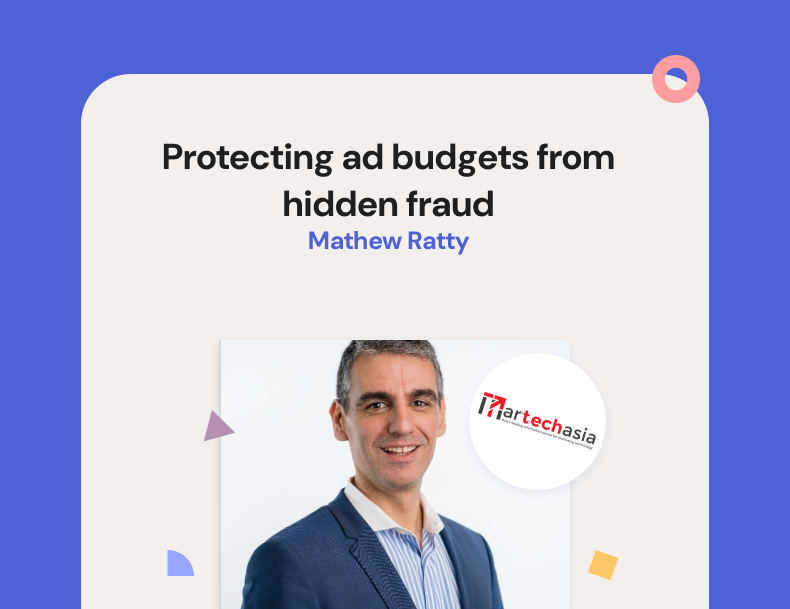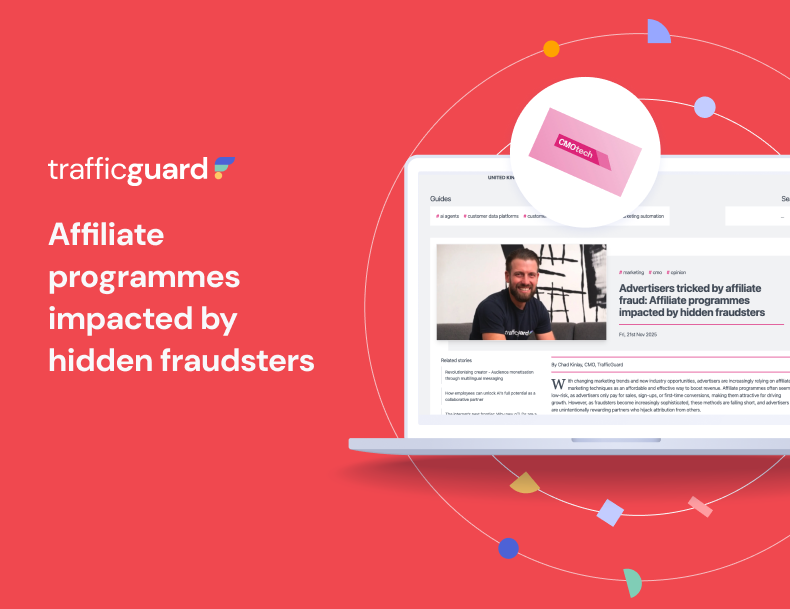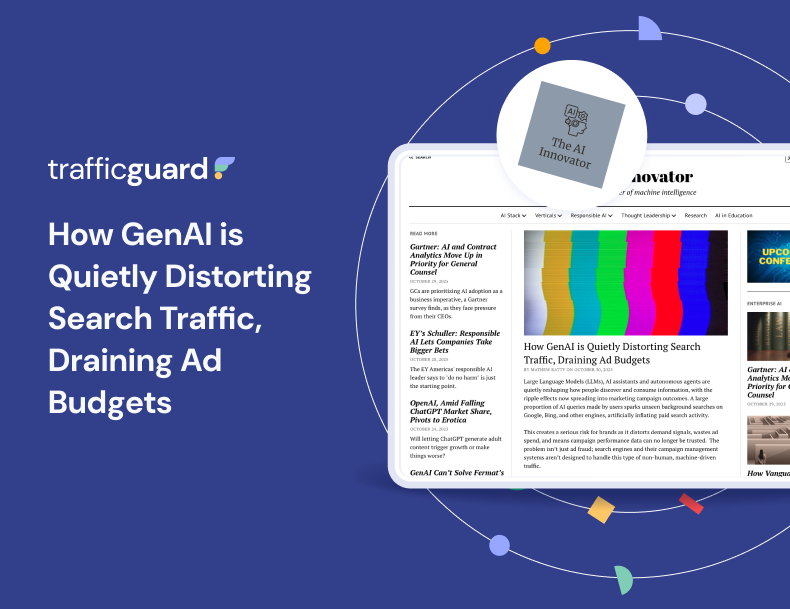Combatting Non-Human Engagement: Maximizing Campaign Success by Fighting Profit-Siphoning Bots

Advancements in artificial intelligence (AI) have revolutionized the marketing industry. Marketers worldwide are embracing the technology as part of their customer relationship management (CRM) strategies.
AI technology enables marketers to collect and analyze vast amounts of data, which can be used to personalize marketing messages and promotions to individual users. However, the proliferation of AI has also led to a flood non-human engagement online. Statista found that fraudulent bots accounted for 30.2% of global web traffic in 2022 alone, and these numbers had been growing year on year. In 2024, this number has reached 40%-50% of all online activity.
It’s now easier than ever for fraudsters to infiltrate and bring down digital campaigns with invalid traffic (IVT) in the form of sophisticated bots. Marketers need to be aware of the methods needed to combat bot activity if they want to protect their budgets from being drained by threat actors.
Ad Fraud Hits Campaigns
Fraudsters are constantly evolving their tactics in an effort to siphon profits from marketers. AI developments have made it possible for fraudsters to launch large scale automated attacks against systems while marketers remain completely unaware.
Pay-per-click (PPC) advertising campaigns are a popular choice for marketers looking to drive traffic, but they have become a target for bad actors. These fraudsters leverage IVT to drain ad budgets with concerning effectiveness. IVT is any activity that doesn’t come from a real user with genuine interest, but instead, it is often AI-powered bots.
Bots have evolved to a point that allows them to perform repetitive tasks rapidly without the need for human supervision or intervention. They’re capable of mimicking human behaviour and then generating a flood of fake clicks on paid ads, which drastically increases ad revenue for the publisher.
Fraudsters typically trespass into systems by using a hosting server. Companies use these servers to store large amounts of data either in the cloud or physically. Bad actors can then anonymise themselves through the use of a residential Internet Service Provider (ISP) proxy and blend in with legitimate traffic.
These proxy servers mask the bad actor’s location by routing the connection through a different server, for example, residential proxies use a residential IP address to appear as an average user. From here, the bots can carry out a number of harmful activities, from scraping content, ad fraud, or cyberattacks.
By programming bots with a script, they can be set to click on a paid ad and then delete their cookies and all associated information. The bot then repeats the task on multiple different devices. As these bots aren’t genuine customers, the fake clicks drive up marketing expenditure without a payoff for the company, draining resources and decreasing return on investment (ROI). This can be detrimental to budgets, with Juniper Research estimating that the global digital ad spend lost to fraud reached $68 billion in 2022 alone.
Legacy fraud tools are typically incapable of identifying IVT and bots as they struggle to differentiate between fraudulent and legitimate traffic. To combat this, a proactive strategy needs to be in place to identify attempted fraud and prevent profit loss.
Shining a Light on Fraud
To prevent losses and ensure campaigns are successful, marketers need to develop a strategy to identify and stop fraud in its tracks. A few ways marketers can protect their interests are:
- Monitoring Suspicious Traffic Patterns: Fraudulent engagement like bots usually have tell-tale signs to give away their presence. This can include an abnormal spike in traffic from an unexpected location, high pageviews or unusually high click rates. By regularly monitoring for these signs, it’s possible to identify and block fraud before it can impact campaign data.
- Implementing Strong Identity Verification: Fraudsters can program bots to create numerous fake accounts to enter a campaign. Identity verification ensures that a newly registered account is a genuine user.
- Set Custom Verification Rules: It’s possible for marketers to set a limit on the number of times a user can interact with a paid advertisement. Once this threshold is met, the user is prevented from seeing or engagement further with the ad. This helps stop bots from repeatedly clicking on the ad and driving up cost-per-click (CPC) rates.
Proactive Prevention
As AI technology continues to evolve, the threat landscape becomes increasingly sophisticated and difficult to navigate. Ad fraud can impact a campaign entirely unnoticed and take profits for themselves while marketers are none the wiser. Identifying and routing fraudulent bots before they can harm budgets is crucial for marketers trying to achieve campaign success.
By prioritizing transparency and visibility into their traffic, marketers can ensure they are obtaining the right campaign data and reaching their intended audience. A proactive stance can end interference from fraudsters, keeping profits where they belong.
Read more 👉 here.
Get started - it's free
You can set up a TrafficGuard account in minutes, so we’ll be protecting your campaigns before you can say ‘sky-high ROI’.
At TrafficGuard, we’re committed to providing full visibility, real-time protection, and control over every click before it costs you. Our team of experts leads the way in ad fraud prevention, offering in-depth insights and innovative solutions to ensure your advertising spend delivers genuine value. We’re dedicated to helping you optimise ad performance, safeguard your ROI, and navigate the complexities of the digital advertising landscape.
Subscribe
Subscribe now to get all the latest news and insights on digital advertising, machine learning and ad fraud.







